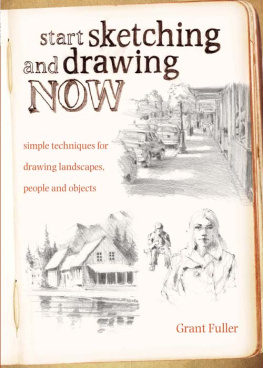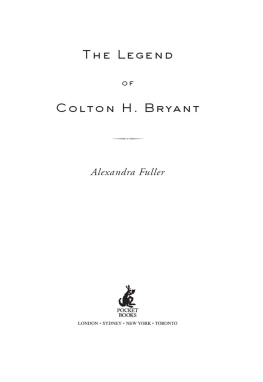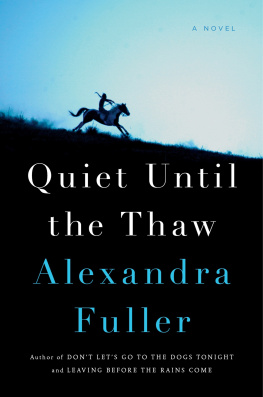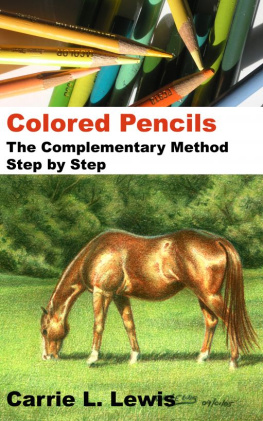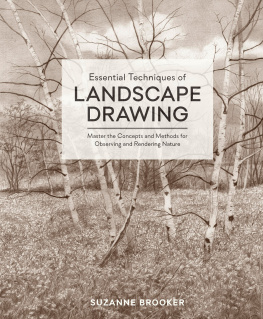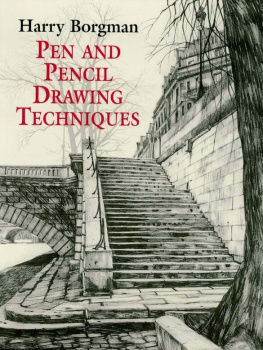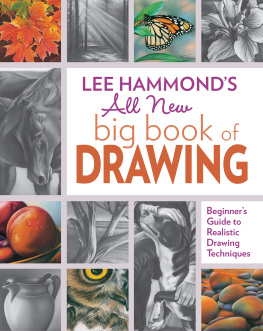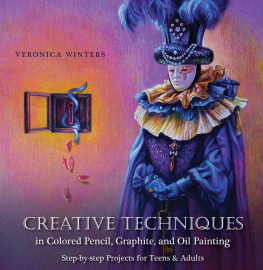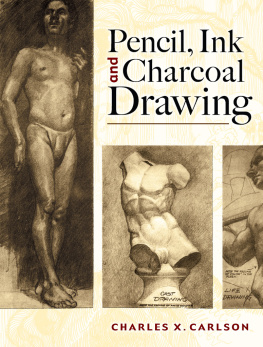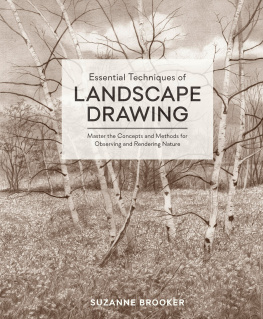Fuller - Start sketching and drawing now : simple techniques for drawing landscapes, people and objects
Here you can read online Fuller - Start sketching and drawing now : simple techniques for drawing landscapes, people and objects full text of the book (entire story) in english for free. Download pdf and epub, get meaning, cover and reviews about this ebook. City: Cincinnati, Ohio, year: 2011, publisher: F W Media, Inc.;North Light Books, genre: Home and family. Description of the work, (preface) as well as reviews are available. Best literature library LitArk.com created for fans of good reading and offers a wide selection of genres:
Romance novel
Science fiction
Adventure
Detective
Science
History
Home and family
Prose
Art
Politics
Computer
Non-fiction
Religion
Business
Children
Humor
Choose a favorite category and find really read worthwhile books. Enjoy immersion in the world of imagination, feel the emotions of the characters or learn something new for yourself, make an fascinating discovery.
- Book:Start sketching and drawing now : simple techniques for drawing landscapes, people and objects
- Author:
- Publisher:F W Media, Inc.;North Light Books
- Genre:
- Year:2011
- City:Cincinnati, Ohio
- Rating:4 / 5
- Favourites:Add to favourites
- Your mark:
Start sketching and drawing now : simple techniques for drawing landscapes, people and objects: summary, description and annotation
We offer to read an annotation, description, summary or preface (depends on what the author of the book "Start sketching and drawing now : simple techniques for drawing landscapes, people and objects" wrote himself). If you haven't found the necessary information about the book — write in the comments, we will try to find it.
Abstract: Introduces the tools and methods that beginners need to get started with easy sketching and drawing. This title shows how to create accurate yet expressive likenesses of landscapes, animals, friends and family. It includes over 400 illustrations, hands-on exercises and step demonstrations that clearly show how to improve technique. Read more...
Fuller: author's other books
Who wrote Start sketching and drawing now : simple techniques for drawing landscapes, people and objects? Find out the surname, the name of the author of the book and a list of all author's works by series.

